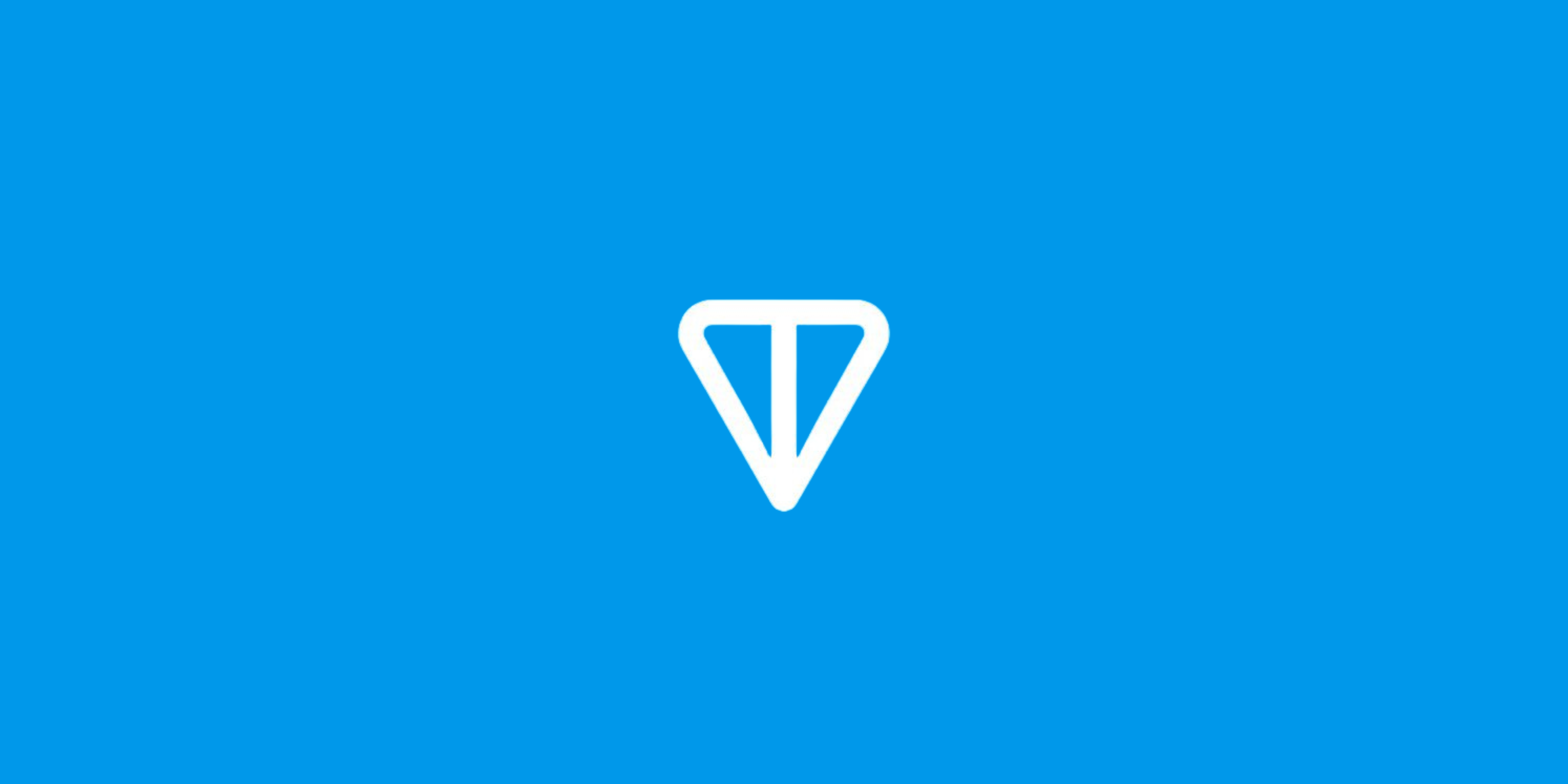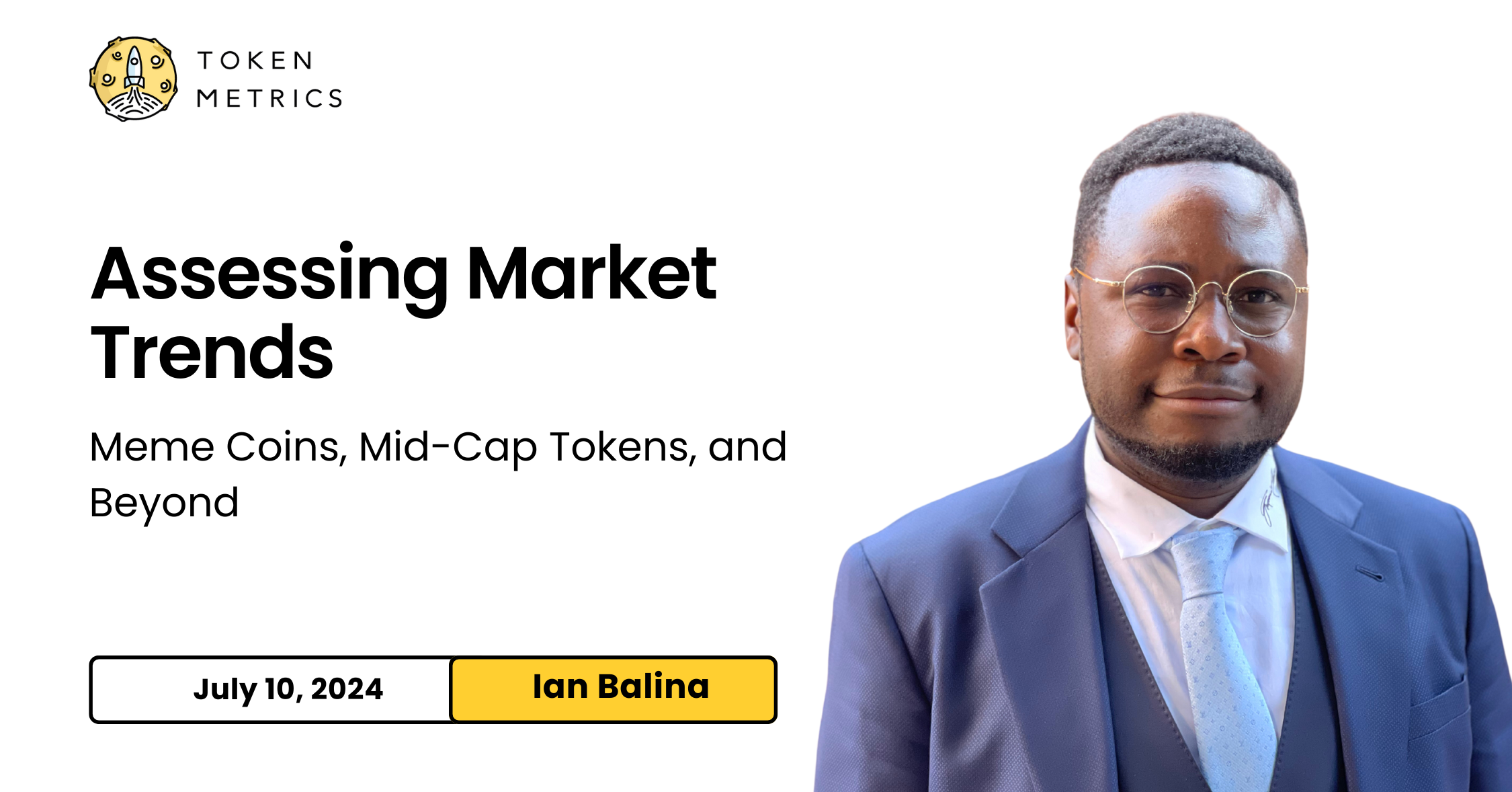Introduction
The Open Network (TON) is a decentralized and open Internet platform designed to facilitate a variety of products and services and contribute to the development of a decentralized Internet. The platform comprises several components: TON Blockchain, TON DNS, TON Storage, and TON Sites, with the TON Blockchain at its core. TON aims to handle millions of transactions per second (TPS), support cross-chain interoperability, and serve hundreds of millions of users.
Innovation
TON presents several unique value propositions that highlight its innovative approach:
- High Scalability: Designed to process millions of transactions per second, TON is positioned for mass adoption.
- Cross-Chain Interoperability: Facilitates seamless interaction between different blockchains.
- Distributed Supercomputer: Offers services and products to support a decentralized internet vision.
- Dynamic Sharding: Efficiently manages resources by dynamically splitting and merging shards based on demand.
Architecture
TON’s architecture is designed for scalability and efficiency:
- Actor Model and Smart Contracts: Smart contracts (actors) in TON have properties such as address, code, data, and balance. They process messages, modify their state, and generate outgoing messages. Transactions are handled in a strictly ordered sequence.
- Sharding and Workchains: TON employs dynamic sharding, allowing ShardChains to split or merge based on transaction volume. Workchains are customized blockchains with unique rules, and the Masterchain ensures synchronization and consensus across the network.
- Smart Contract Addresses: Addresses consist of a workchain ID and account ID, with different states (nonexist, uninit, active, or frozen) determining their ability to execute transactions and store data.
- Data Storage: TON uses cells as fundamental data structures, forming a directed acyclic graph (DAG) for compact and efficient data handling.
Code Quality
TON’s codebase emphasizes efficiency and security:
- Dynamic Sharding: ShardChains adapt to transaction volumes, ensuring balanced load distribution.
- Workchains: Up to 2^32 workchains, each divided into up to 2^60 shards, allow for extensive customization and scalability.
- Masterchain: Maintains the integrity and synchronization of all chains within the network.
Product Roadmap
TON’s roadmap focuses on achieving its decentralized internet vision:
- Scalability Enhancements: Continued improvements to handle increasing transaction volumes.
- Interoperability Initiatives: Efforts to enhance cross-chain interactions and support for multiple blockchains.
- Service Expansion: Introducing new products and services to leverage TON’s decentralized framework.
Usability
TON is designed with usability in mind, aiming for broad adoption:
- User-Friendly Interfaces: Tools and interfaces to simplify interaction with the TON ecosystem.
- Developer Support: Resources and documentation to support developers in building on the TON platform.
- Comprehensive Services: A range of services (DNS, Storage, Sites) to meet diverse user needs.
Team
The TON team comprises experienced professionals with a strong track record in blockchain and technology development:
- Technical Expertise: Developers and engineers with deep knowledge of blockchain technology.
- Visionary Leadership: Leaders with a clear vision for the future of the decentralized internet.
- Community Engagement: Active engagement with the blockchain community to drive adoption and innovation.
Conclusion
The Open Network (TON) presents a highly scalable and secure framework for a decentralized internet. Its innovative approach to scalability, interoperability, and resource management positions it as a promising platform for the future. However, the complexity of its architecture and the challenges of ensuring security and adoption remain critical areas to address. Overall, TON’s potential to revolutionize the internet landscape makes it a noteworthy project in the blockchain space.
| Initial Screening | |||
| Keep researching | |||
| Does this project need to use blockchain technology? | Yes | ||
| Can this project be realized? | Yes | ||
| Is there a viable use case for this project? | Yes | ||
| Is the project protected from commonly known attacks? | Yes | ||
| Are there no careless errors in the whitepaper? | Yes | ||
| Project Technology Score | |||
| Description | Scorecard | ||
| Innovation (Out Of 11) | 10 | ||
| How have similar projects performed? | Good | 2 | |
| Are there too many innovations? | Medium | 1 | |
| Percentage of crypto users that will use the project? | Over 11% | 5 | |
| Is the project unique? | Yes | 2 | |
| Architecture (Out of 12) | 11 | ||
| Overall feeling after reading whitepaper? | Good | 2 | |
| Resistance to possible attacks? | Good | 2 | |
| Complexity of the architecture? | Not too complex | 2 | |
| Time taken to understand the architecture? | 20-50 min | 1 | |
| Overall feeling about the architecture after deeper research? | Good | 4 | |
| Has the project been hacked? | No | 0 | |
| Code Quality (out of 15) | 14 | ||
| Is the project open source? | Yes | 2 | |
| Does the project use good code like C,C++, Rust, Erlang, Ruby, etc? | Yes | 2 | |
| Could the project use better programming languages? | No | 0 | |
| Github number of lines? | More than 10K | 1 | |
| Github commits per month? | More than 10 | 2 | |
| What is the quality of the code? | Good | 2 | |
| How well is the code commented? | Good | 1 | |
| Overall quality of the test coverage? | Outstanding | 2 | |
| Overall quality of the maintainability index? | Outstanding | 2 | |
| When Mainnet (out of 5) | 5 | ||
| When does the mainnet come out? | Mainnet | 5 | |
| Usability for Infrastructure Projects (out of 5) | 5 | ||
| Is it easy to use for the end customer? | Yes | 5 | |
| Team (out of 7) | 5 | ||
| Number of active developers? | 5+ | 2 | |
| Developers average Git Background? | Intermediate | 1 | |
| Developers coding style? | Solid | 2 | |
| Total Score (out of 55) | 50 | ||
| Percentage Score | |||
| Innovation | 18.18% | ||
| Architecture | 20.00% | ||
| Code Quality | 25.54% | ||
| Mainnet | 9.09% | ||
| Usability | 9.09% | ||
| Team | 9.09% | ||
| Total | 90.91% |





